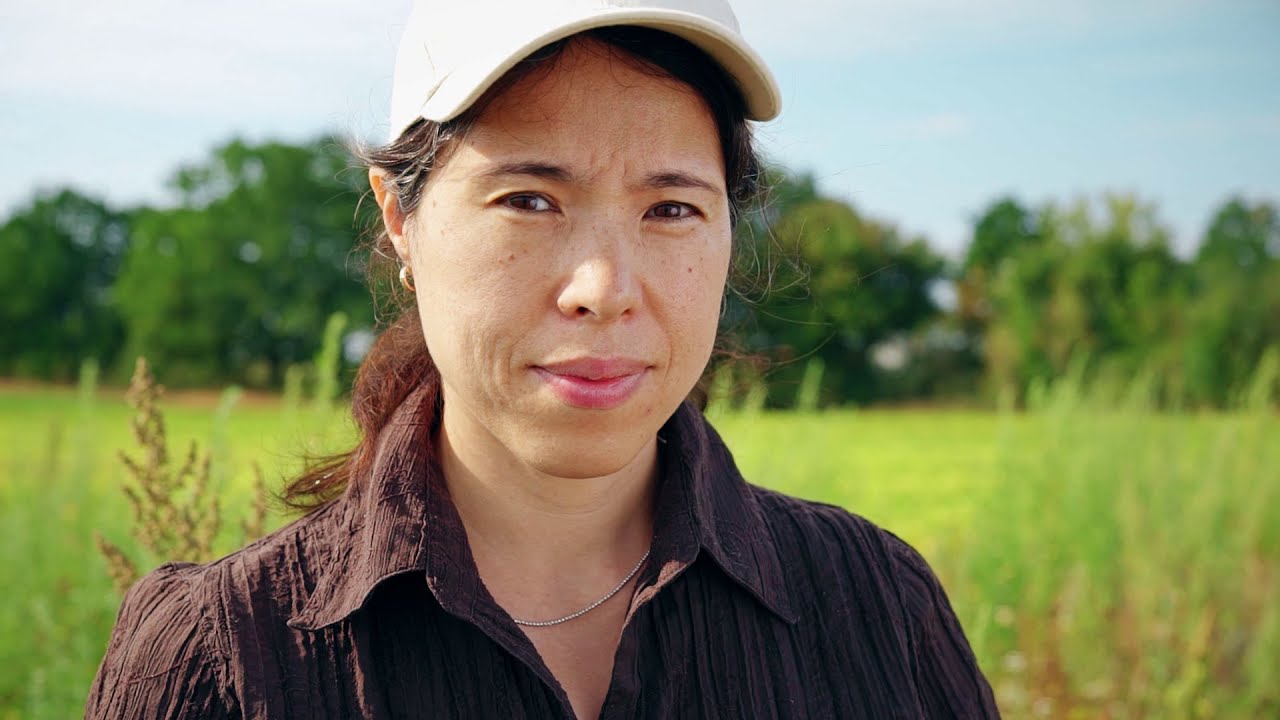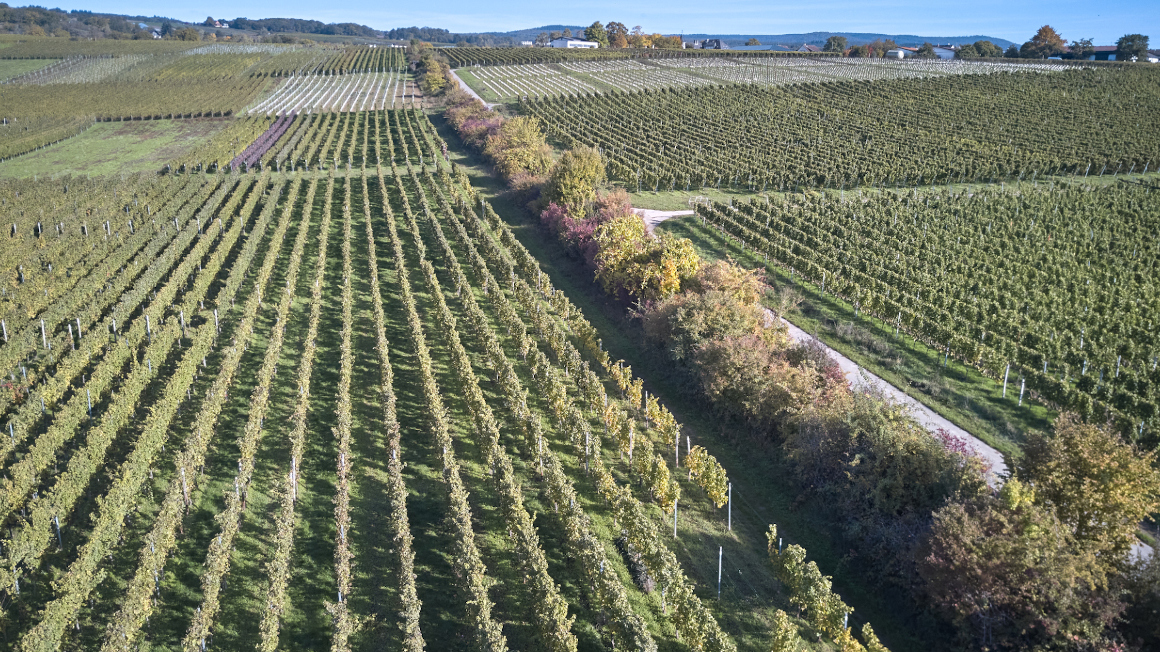Major agricultural study: diversity in agriculture pays off
A global study led by the Universities of Hohenheim and Copenhagen shows that diversified agriculture not only benefits biodiversity, but also contributes to food security.

Whether fertilisers, pesticides or heavy agricultural machinery: Intensive farming is partly responsible for the global extinction of species. Experts have therefore long been advising farmers to use crop rotations or flowering meadows as well as soil conservation measures such as mulching to increase diversity in arable farming. In a large-scale study conducted by the Universities of Hohenheim and Copenhagen, researchers have now analysed the effects of diversified agriculture worldwide for the first time.
The results of the study, published in the journal Science, clearly show that diversity in agriculture not only benefits biodiversity, but also pays off for farmers.
Positive effects for biodiversity and food security
"It's a simple message that we can pass on to different types of farms – whether it's small farms in South America or Africa or advanced European agriculture. There are many positive effects that can be achieved by implementing different strategies – and very little to worry about," said Ingo Grass from the University of Hohenheim and one of the two lead authors of the study. "It is very good that so many different measures can be taken and that, in general, a positive impact on biodiversity seems to go hand in hand with well-being and food security."
As part of the global agricultural study, 58 researchers from five continents analysed data from 24 research projects worldwide with a total of 2,655 farms – from maize production in Malawi and rubber trees in Indonesia to the cultivation of winter wheat in Germany and silvopastoral cattle farming in Colombia, which combines livestock farming and the cultivation of trees or shrubs.
These included data on the impact of more than 20 different types of diversification practices, which the research team divided into five broad categories – temporal crop diversification with more than two crops in rotation, non-crop diversification such as hedgerows or flower strips, soil conservation through measures such as mulching or compost application, and livestock diversification and water conservation.
Portrait of a bio-pioneer: Sonoko Dorothea Bellingrath-Kimura - The agricultural visionary
(automatically translated subtitles available on external page)
According to the study, the greatest positive effect was on food security and biodiversity. In California, for example, the integration of flower strips and hedges next to strawberry fields resulted in more sustainable pollination by wild bees. Similar successes have also been achieved in Germany, Colombia and Malawi.
Social aspects such as well-being also improved significantly. For example, it was found that people were better supplied with vitamins and children developed better when pumpkins or pulses, which provide protein, were grown alongside maize. Strategies for diversifying animal husbandry and conserving the soil also had strong positive effects.
The more measures, the greater the benefits
"The fact that the enormous amount of data we have processed provides such clear results is quite groundbreaking," says Laura Rasmussen from the University of Copenhagen and one of the two lead authors of the study. "While we found very few negative consequences of agricultural diversification, there are many significant benefits. This is especially true when two, three or more measures are combined. The more the merrier, especially when it comes to biodiversity and food security."
No reduction in yield
The study shows one thing above all: measures to preserve biodiversity and protect the soil are not at the expense of yields. "In fact, we can see that diversified agriculture does not reduce yields – even if we include data from European agriculture with its large areas," says Ingo Grass. The introduction of so-called agroforestry oil palm systems in Indonesia, for example, proves that a combination of agricultural and forestry practices can increase biodiversity without reducing yields.
Creating more incentives for diversification strategies
In addition, diversification practices were found to have positive effects on biodiversity not only in simple landscapes, but also in more natural landscapes, the researchers write. "The clearly positive results of these diversification strategies suggest that governments and companies should create more incentives for farmers to adopt such strategies. This is because they actually help while promoting agricultural sustainability and the health of the planet," says Claire Kremen from the University of British Columbia, who led the study together with Zia Mehrabi from the University of Colorado Boulder.
bb



